Blog
Explore the Power of Lithium Innovation
Stay updated with the latest trends, technologies, and application insights in the world of lithium battery solutions
Search the whole station
Explore the Power of Lithium Innovation
Stay updated with the latest trends, technologies, and application insights in the world of lithium battery solutions
To make a 12V battery pack using 18650 lithium-ion batteries, I had to connect several batteries in series. Each 18650 lithium-ion battery typically has a nominal voltage of 3.7V, so to reach roughly 12V, you need to connect four batteries in series.
The principle is simple: connect the positive terminal of one battery to the negative terminal of the next, and continue this chain. This way, the voltages add up. So, four 3.7V 18650 batteries in series give a total voltage of 4 × 3.7V = 14.8V. While slightly higher than 12V, it’s generally fine since most devices can tolerate this range.
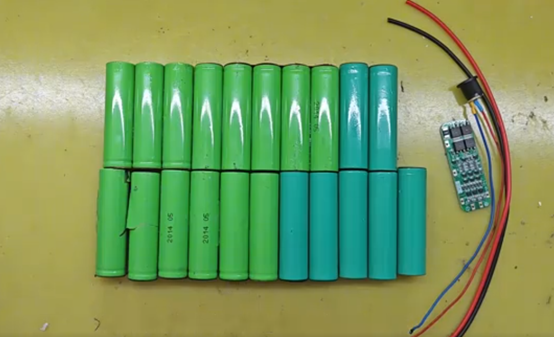
When I connected the batteries in series, I made sure to follow a few important rules:
It’s important to note that making a battery pack can be fun, but it carries risks. Make sure you understand all relevant safety knowledge and regulations.
I started by laying out the idle 18650 batteries and added an insulating layer between them to prevent short circuits.
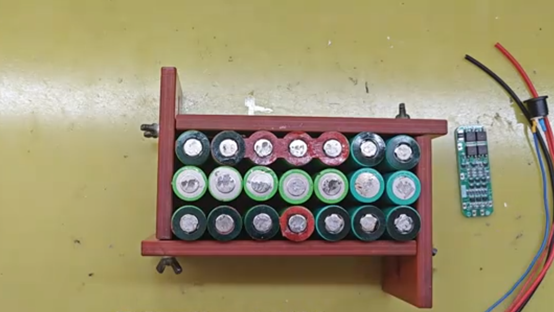
Next, I welded nickel strips onto the battery pack. After welding, I wrapped the entire pack with Kapton tape to increase sturdiness.
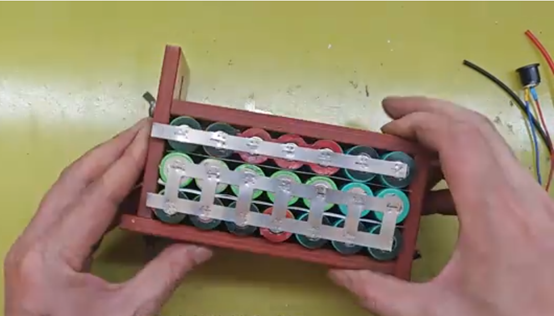
I attached the protection board using double-sided tape and then soldered the wiring according to the instructions.
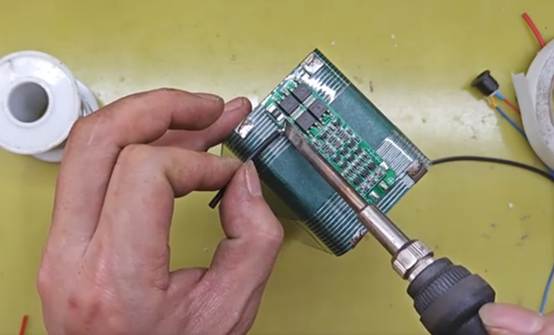
Using a multimeter, I checked the output voltage to make sure everything was connected correctly.
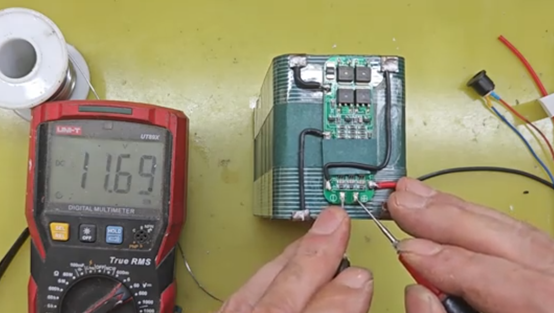
Once confirmed, I insulated the battery pack, soldered the output and charging wires, and charged the pack using a 12V charger. Then, I performed a discharge test to verify proper operation.
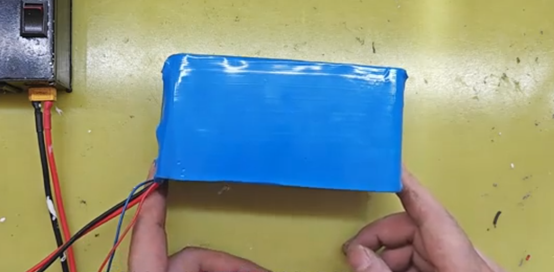
Finally, I wrapped the battery pack with heat shrink film for added protection and applied waterproof glue.
At this point, my 12V battery pack assembly was complete!
Making a 12V battery pack requires some technical knowledge and safety awareness, but by following the correct steps and precautions, I successfully built a stable and reliable battery pack. If you’re interested in electronics, this is a rewarding DIY project. Just remember: improper handling of lithium-ion batteries can be dangerous, so always prioritize safety.
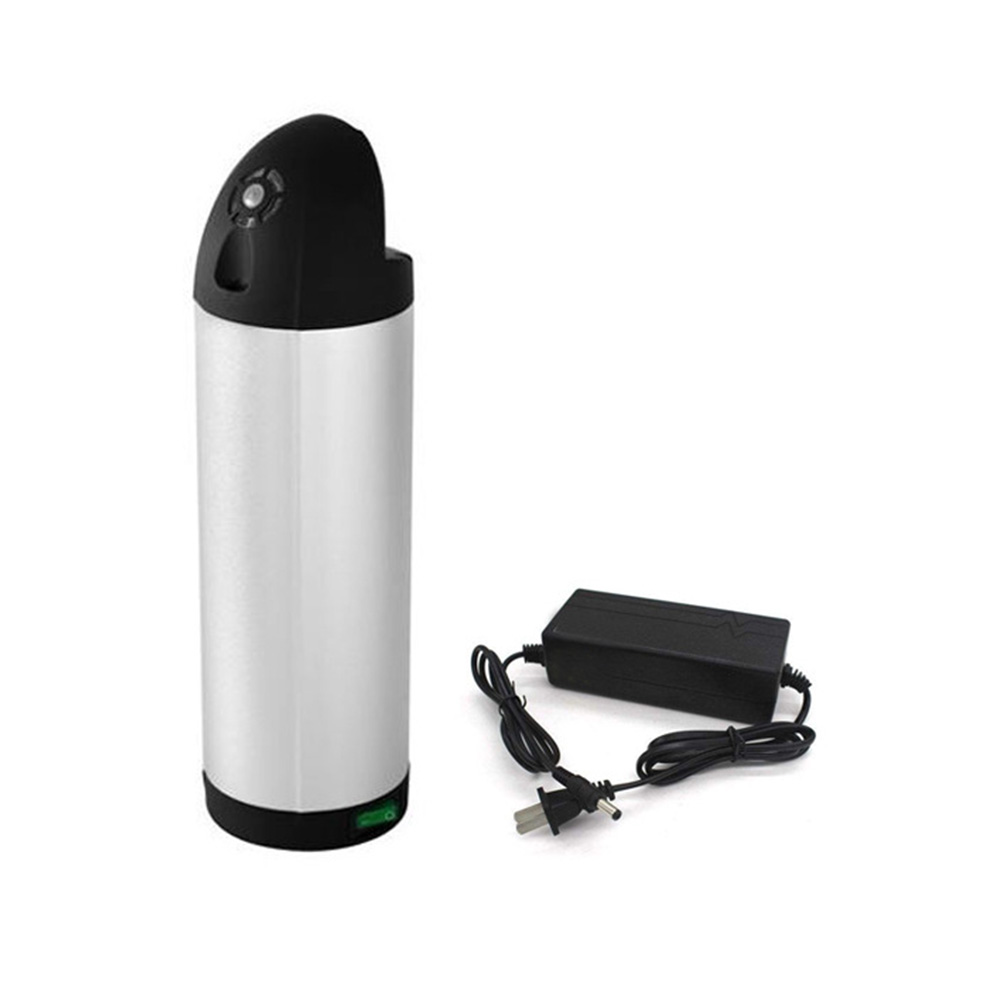
High-performance 36V 10Ah water bottle lithium battery for electric bikes. Lightweight 3.5kg, fast charging in 1.5–2 hours, safe & durable with up to 500 cycles. Ideal for commuting and long rides.
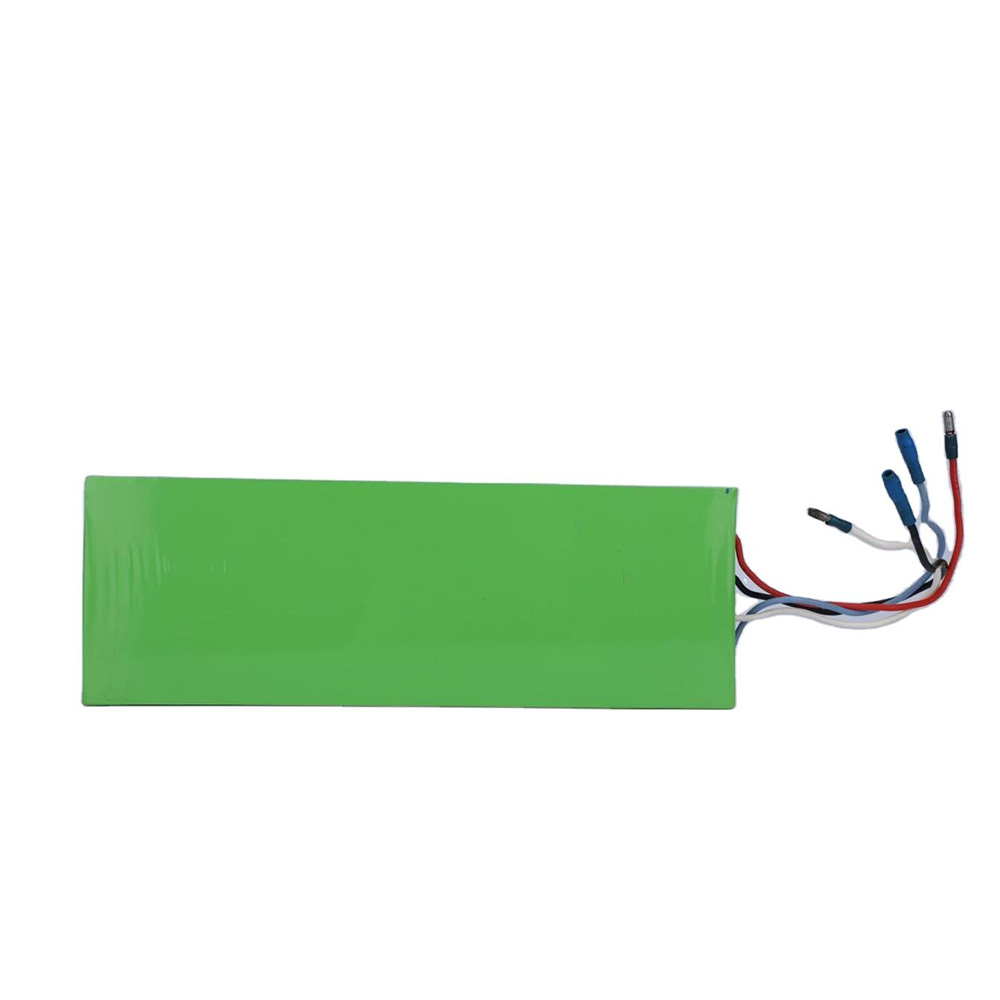
high-performance 18650 Battery 4000mAh, offering stable 24V power and deep cycle support. Perfect for electric scooters, power tools, and energy storage systems. Built-in safety protections ensure long-lasting, reliable performance.
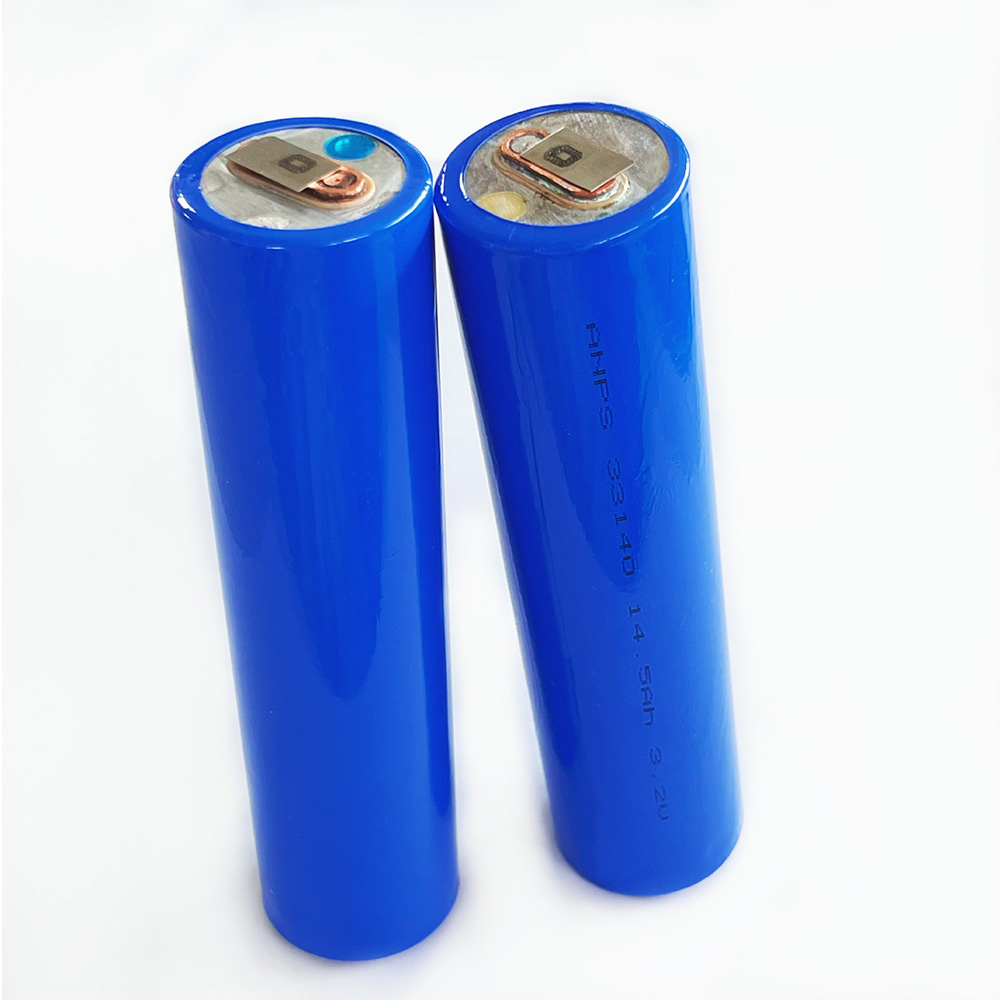
Apsenx 33140 LiFePO4 battery cell (14500mAh, 3.2V). High capacity, long cycle life, safe chemistry. Ideal for ESS, EV, UPS, and solar storage.
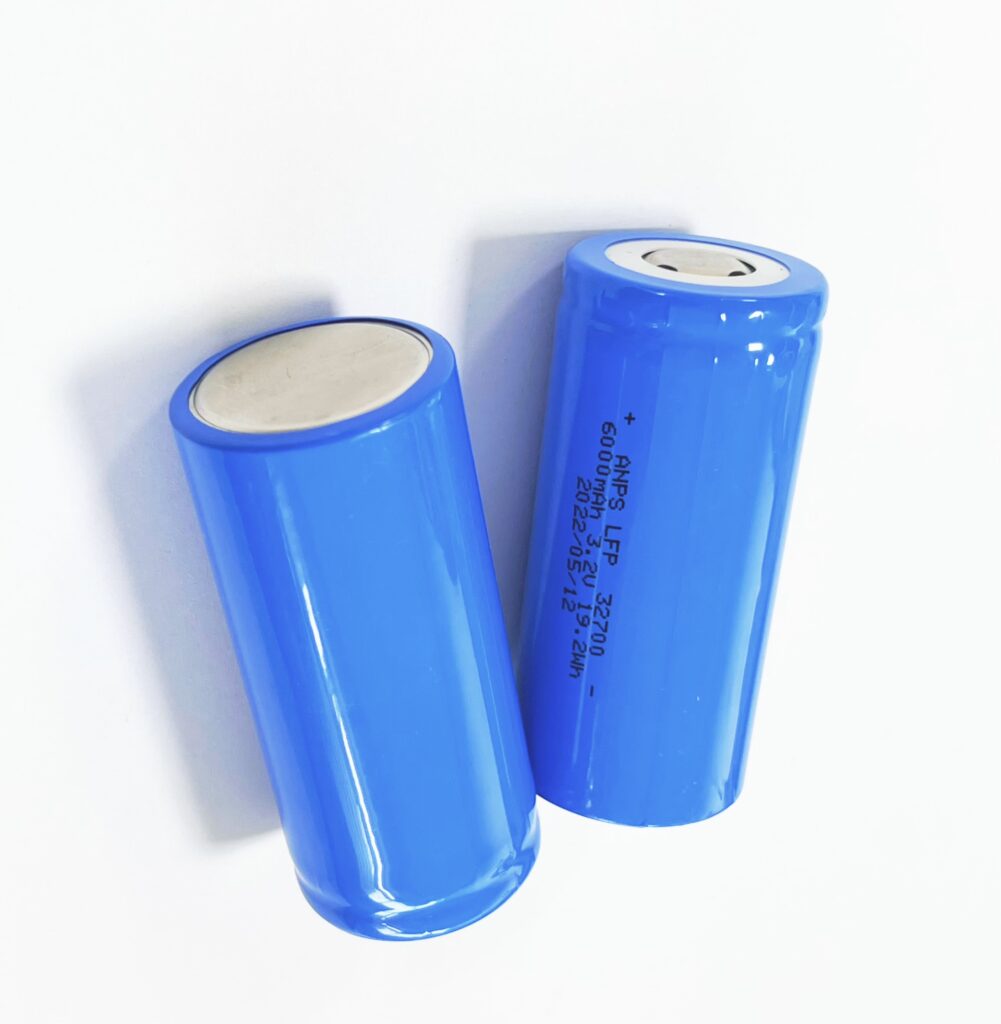
Reliable 32700 LiFePO4 battery with 6000mAh capacity, 2000+ cycles, and advanced safety features. Perfect for EVs, solar storage, and backup power solutions.
Discover the role of wholesale prismatic cells in modern energy storage. Learn their advantages, applications, and why they’re key to electric vehicles, home storage, and backup systems.
View detailsExplore the 3.7V lithium-ion battery, its high energy density, low self-discharge rate, long lifespan, and common applications in electronics, EVs, and portable devices.
View detailsExplore the diverse applications of lithium batteries in electric vehicles, consumer electronics, energy storage, military equipment, aviation, and medical devices. Learn how their high energy density, lightweight design, and rechargeability are d...
View detailsAfter countless flights with micro drones and FPV quads, I’ve learned exactly why the 2S 7.4V battery is so popular — and how to choose the perfect one for your drone.
View details
HelloPlease log in